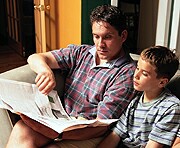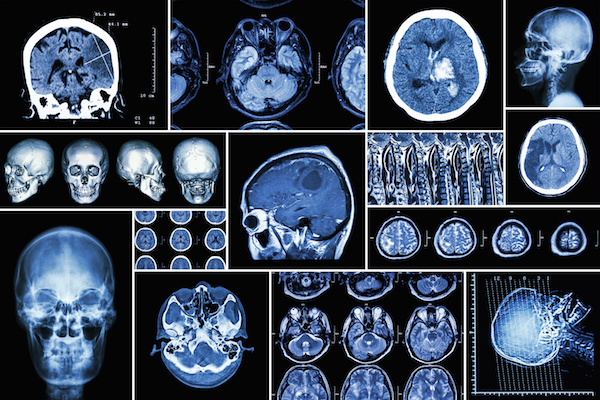
MONDAY, June 4 (HealthDay News) — Simply widening the space between letters in words markedly increases reading speed and accuracy among children with dyslexia — an easy fix with e-books and other forms of technology that readily allow text manipulation, new research suggests.
Analyzing 34 Italian and 40 French dyslexic children between the ages of 8 and 14, researchers from the University of Padua in Italy found that extra-wide letter spacing sped up the students’ reading by more than 20 percent and doubled the children’s text-reading accuracy.
“We were surprised by the magnitude of the spacing benefit,” said study author Marco Zorzi, a professor of psychology and artificial intelligence. “The average increase in reading speed is equivalent to that observed across one year of school — and the halving of the number of errors speaks for itself.”
The study is published June 5 in the journal PNAS.
Dyslexia, a language-based disability that causes difficulty in learning to recognize written words, is thought to affect about 5 percent of the school-age population, study authors said, noting that a typical dyslexic child may read the same number of words in one year as a good reader does in two days.
The spacing manipulation is grounded in a phenomenon known as “visual crowding” in which a letter is more difficult to identify when it is closely surrounded by other letters. This crowding, which abnormally affects those with dyslexia, hampers the letter recognition that is the foundation for all reading in alphabet-based languages.
“What this is telling us is that spacing clearly plays a role, but we’ve already known it plays a role for all readers,” said Guinevere Eden, director of the Center for the Study of Learning and a professor of pediatrics at Georgetown University in Washington, D.C. “It’s telling us that, for dyslexic people, the problem is more critical. There is a sweet spot [of letter spacing] somewhere and everyone’s sweet spot is probably different.”
In the study, children read a text consisting of 24 short, meaningful sentences that were unrelated to each other to prevent the use of contextual clues. The standard spacing between letters was increased by 2.5 font sizes in the “spaced text” version, and each child was asked to read the same text two weeks apart to gauge the differences in speed and accuracy.
Zorzi noted that the similar levels of improvement in Italian and French dyslexic children meant the results were relevant regardless of one’s native language.
He and other experts contend that modern technology — with e-books, reading tablets and smart phones — makes changing letter spacing a quick and easy matter.
“The fact that textbooks, research documents and novels are available digitally for reading on electronic devices [makes it] likely this kind of treatment strategy could quickly and easily be incorporated into e-readers,” said Dr. Andrew Adesman, chief of developmental and behavioral pediatrics at the Steven & Alexandra Cohen Children’s Medical Center of New York in New Hyde Park. “This simple intervention, though not a cure for dyslexia, appears to reduce the extent to which affected youth struggle with reading.”
Georgetown’s Eden, also the past president of the International Dyslexia Association, added: “Given the technology we have today to teach children to read, this is important information. Many schools with dyslexic students are using handheld devices and technology to change the print to make it more accommodating to these students.”
More information
The U.S. National Library of Medicine has more about dyslexia.

